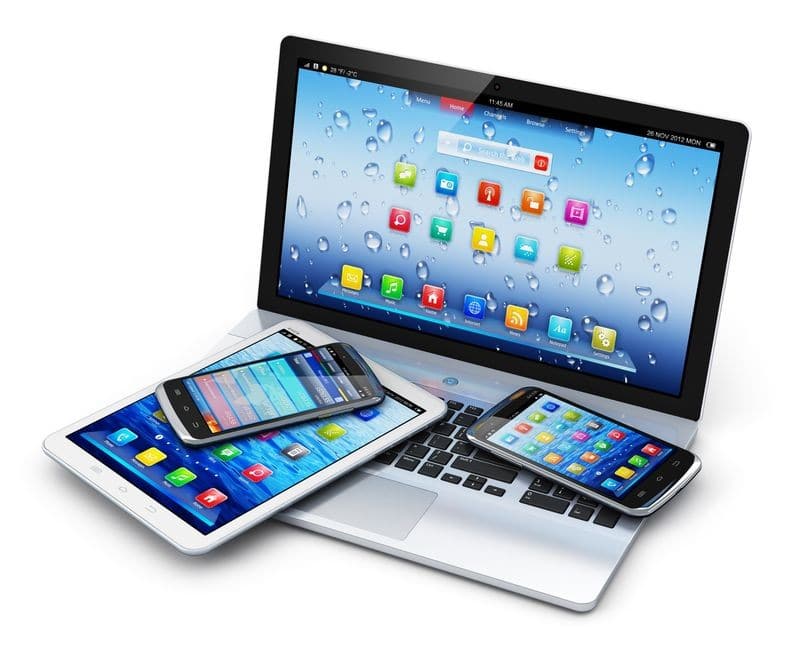What if designing workplaces wasn’t just about furniture or floorplans, but about feelings?
In our insightful podcast conversation, workplace experience strategist Will Easton takes us on a journey from traditional facilities management into the world of UX (User Experience) – and how applying it in the workplace can transform the way people feel, function and flourish at work.
From Facilities to Human-Centered Design
Will’s career began in operations and facilities management, but he always felt something was missing. The real change came when he realised that what excited him most wasn’t managing buildings: it was understanding people and designing experiences that made their work lives better.
“Happy at work, happy at life, hopefully.” – Will Easton

Map the Journey before you Build
In much the same way you would design an app, where you map a user’s digital journey before applying features, Will stresses the importance of mapping the workplace journey – from the front door to the digital tools employees use every day. Too often, organisations implement solutions before understanding the real needs.
The Role of AI in Shaping Workplaces
AI isn’t coming. It’s already here. Whether it’s Grammarly helping copywriters or ChatGPT supporting communication tasks, Will highlights how AI tools can remove repetitive tasks and allow people to focus on their strengths.
But he also offers a note of caution: while AI can accelerate decision-making, it should enhance human input, not replace it.
Designing for Neurodiversity & Inclusion
As conversations around neurodiversity and inclusivity grow, workplace design must evolve. Will emphasises that creating effective environments starts with asking the right questions and not being afraid to ask them.
“We often make terrible assumptions. The best way to design for someone is to talk to them.”
Avoiding the ‘Average Trap’
One key danger in inclusive design is trying to please everyone. Designing for the ‘average’ person often means the end result fits nobody. Will likens this to the infamous “Homer Simpson car” – stuffed with features but completely unusable.
True UX work means balancing broad accessibility with targeted solutions, always rooted in empathy.
Actionable Takeaways for Workplace Leaders
- Start with the user. Map their journey and pain points before introducing solutions.
- Embrace AI carefully. Use it to reduce time on repetitive tasks and increase strategic focus.
- Ask, don’t assume. Talk directly to employees, especially those with different needs.
- Design with empathy. Recognise the emotional impact of environments, not just physical layouts.
- Think forward. Consider the next generation of workers who have been shaped by digital-first experiences.
Final Thoughts
As Will Easton says, the future of workplace design lies not in flashy tech or trendy office layouts, but in thoughtful, inclusive, and human-centered experiences. Whether you’re redesigning a space or launching a new digital tool, the question to ask is simple:
“How does this make someone’s work day better?”
Listen to the full Spotify episode here or choose your alternative platform here.

